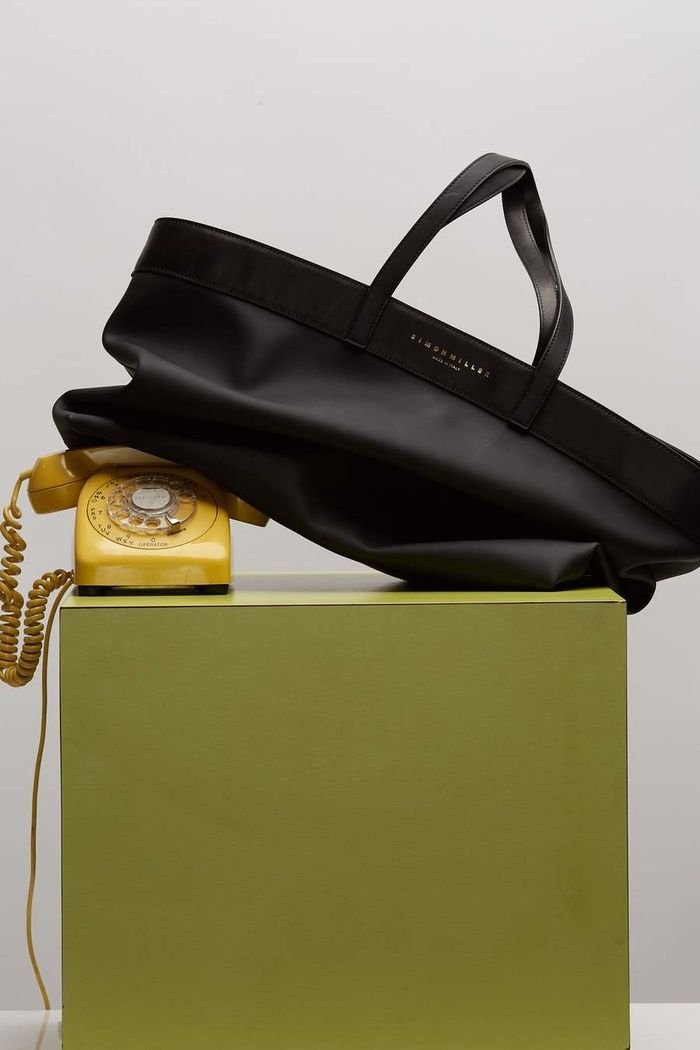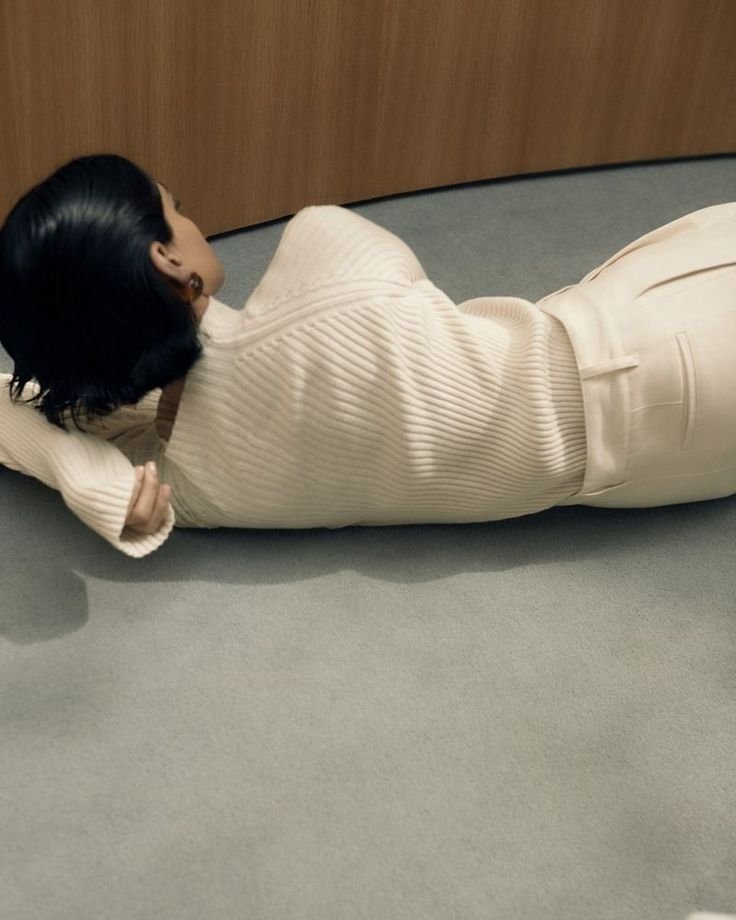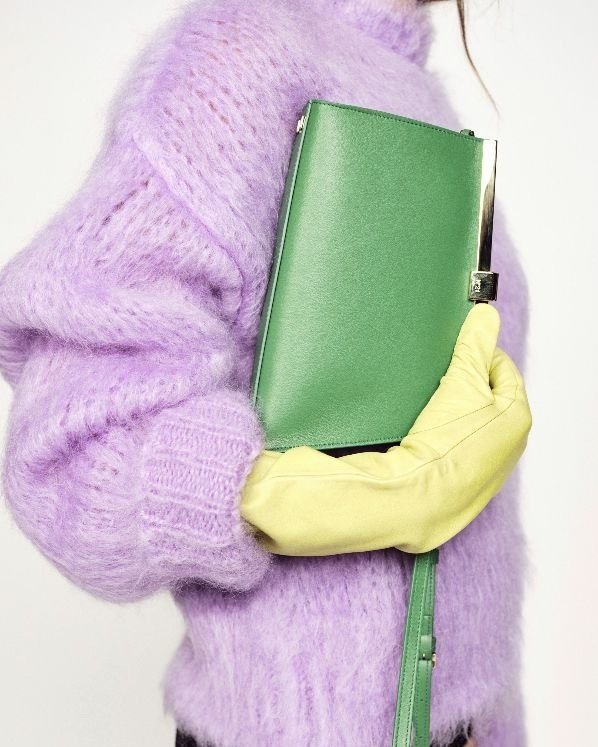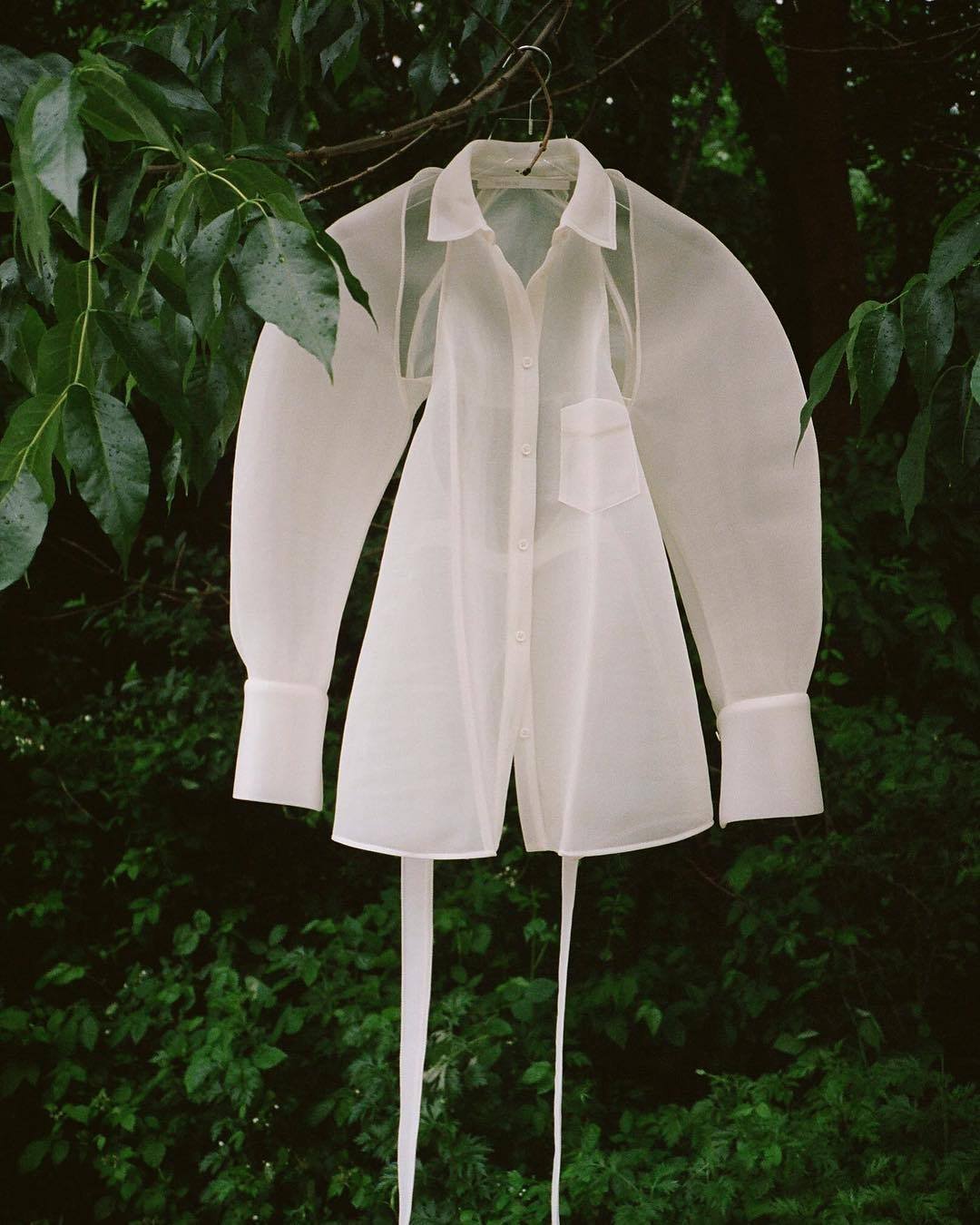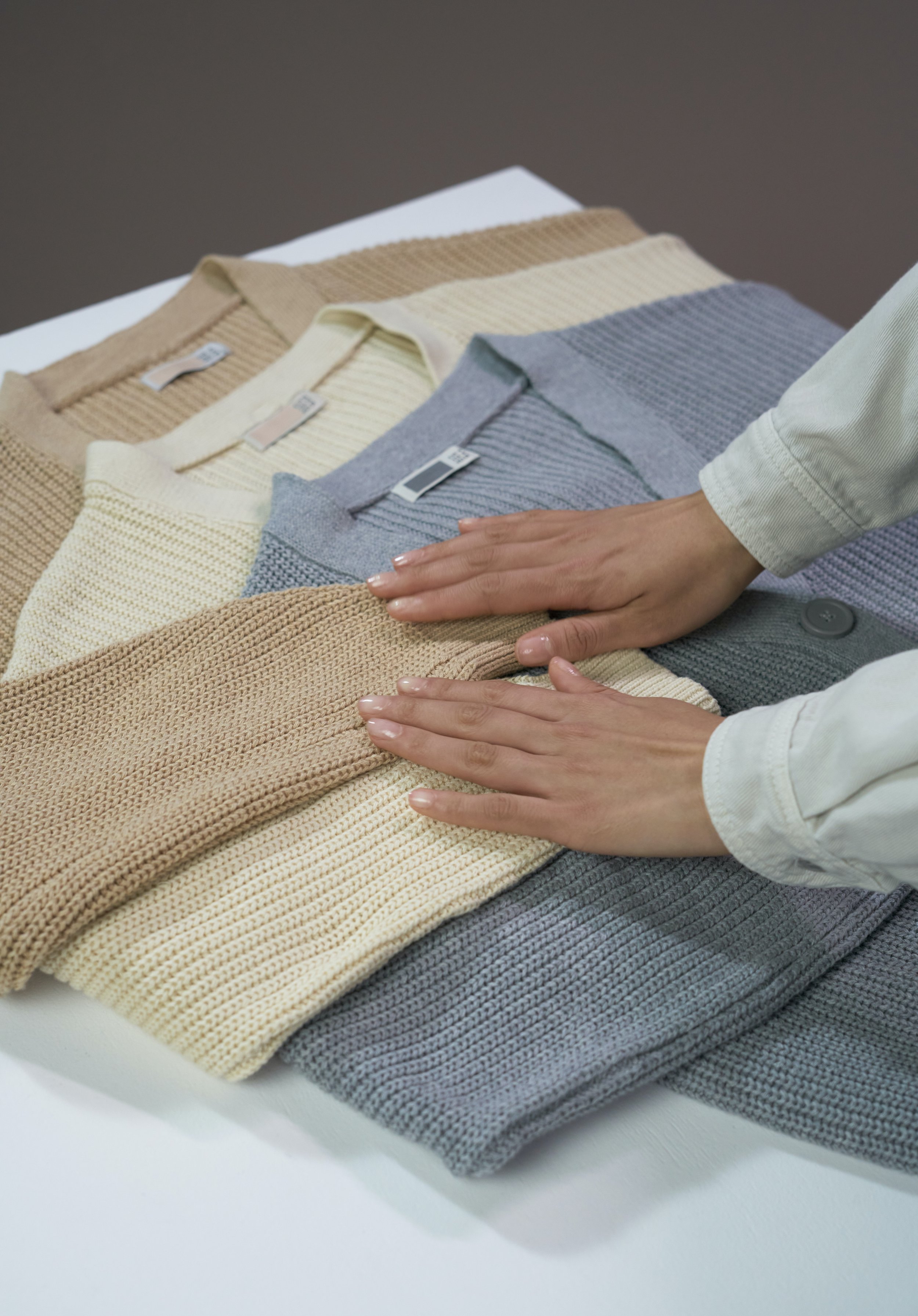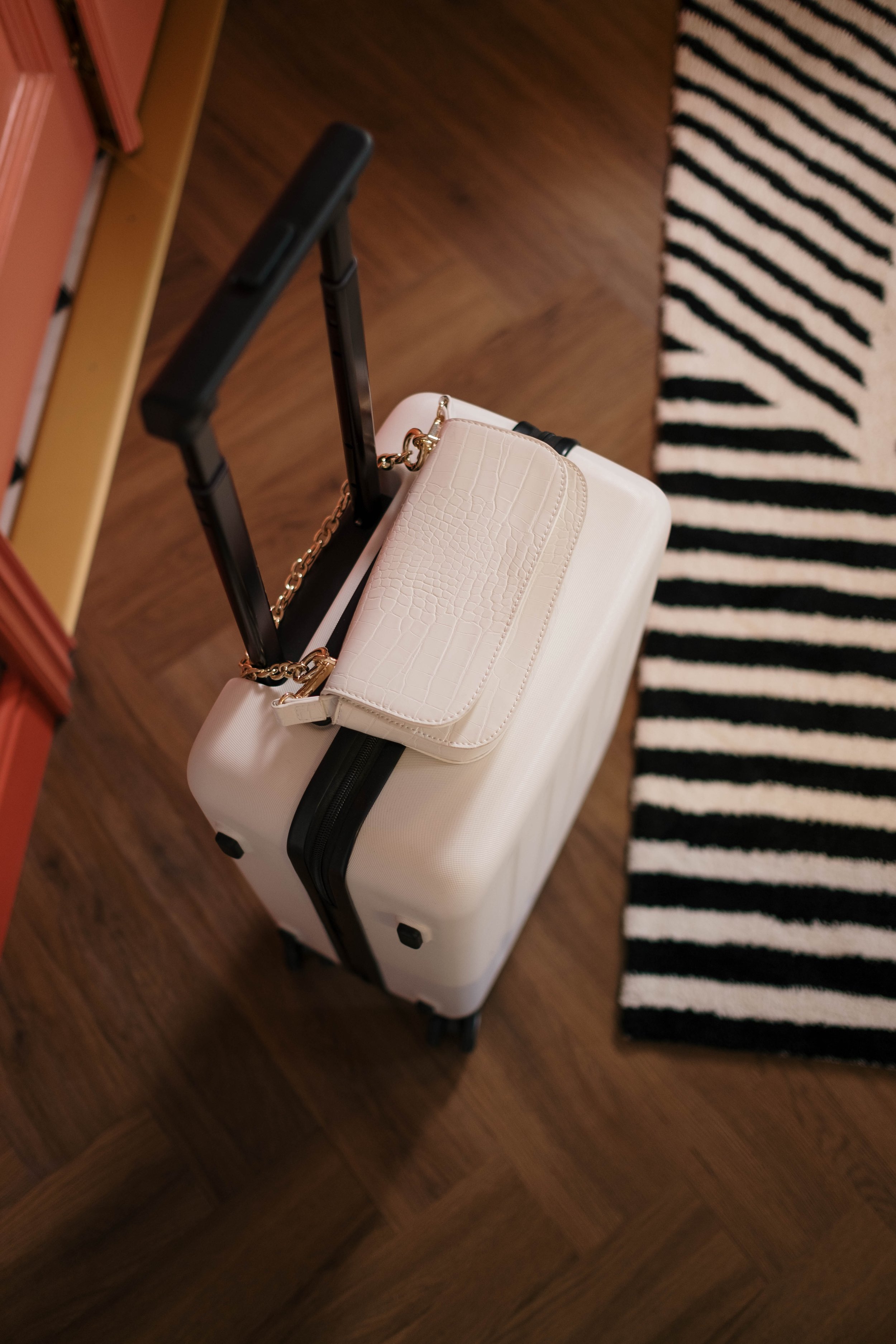Why We’re Launching Resale in a Crowded Field
It was the summer of 2016, and love was in the air. My dear friends Justin and Leanne were tying the knot at Castello di Vincigliata in Tuscany, and I simply could not refuse the opportunity to dress for the occasion. A trip to the Rosemont Outlet in Chicago had me head-over-heels in love with a fiery Gucci gown that felt just too perfect for this Italian affair. I had to have it, even though I instantly felt guilty about the splurge.
The aforementioned Gucci dress, on-location in Italy
Amid the mayhem of packing for a two-week trip, I found the time to list my Gucci dress on eBay. Why? Well, I had already assumed I wouldn't have the occasion to wear the dress more than once or twice. Given its hefty price tag, it made perfect sense to resell it. I wasn't ready to part ways with it just then, but who knows, the right offer might come along at a moment when I was no longer so in-love. Preemptively putting the dress up for sale before I'd even worn it only increased the chances that the right offer would come along.
I vividly remember feeling frustrated by how hard it was to create the eBay listing, even for someone like me who had done this a hundred times. Taking the photos and writing all the item info myself felt repetitive, as I knew all the same information already existed in the brands' product database or the retailers' transaction data. I remember thinking, "wouldn't it be amazing if resale could be more "automatic"? From the moment I purchase something, I want others to know that I have it in case they want to purchase it from me secondhand!"
In the six years since, that idea never left my mind. And when I started building Indyx in earnest in 2021, the vision of creating more seamlessly circular wardrobes was the bedrock. In our Indyx world, resale is the default option for almost everything we own. After all, what's old to me is new to you, and fashion goes round and round. The boundary between what you're selling and what you're keeping is blurred. Your ownership of an item is more temporary, and if the right price comes along, why shouldn't anything be available for sale?”
We are a long way away from the *completely* effortless circularity that I envision, but a journey of a thousand miles starts with a single step.
Today, Indyx is launching our very own resale marketplace, which marks the beginning of this journey. You may be thinking: "Why? There are already a million other resale platforms out there!" Let me first share where I think today's resale market is going wrong.
Where Resale Has Gone Wrong
The Existing Resale Business Models Aren't Working
In the last ten years, the market has evolved towards two distinct operating models: peer-to-peer and managed inventory.
Managed inventory models like ThredUp and TheRealReal attempt to make the process as easy as possible for sellers by holding their inventory, but this business model is enormously expensive to run. These high operating costs must be paid from somewhere, and they come directly out of the sellers earnings - as high as 95% of the sale proceeds! This can feel like highway robbery, especially if these fees weren't transparent upfront. And despite taking these significant cuts from sellers, after more than ten years in business neither TheRealReal or ThredUp have yet achieved profitability. Nobody wins, and in my opinion, both of these businesses are in grave peril.
On the other hand, peer-to-peer models like Poshmark or Depop take the opposite approach where the seller does all the work, and they also get to keep a much higher percentage of the proceeds. However, the work of product photography, writing good listing descriptions, and managing sales are still too much of a chore for most of us to realistically adopt. A proliferation of side-hustle professional sellers has stepped in to grease the wheels. But again, this comes at the cost of market inefficiencies and more margin going to the middlemen.
Resale is Too Transactional, and Good Inventory is Drying Up
Since the beginning of Resale, the main message delivered to potential sellers is "we'll help you make money off all the things you don't want". And so, the inventory that becomes available is the stuff the sellers don't want! Which is maybe also the stuff that nobody wants.
I believe there is room for a radically different approach that reframes the value of Resale as transformative to wardrobe curation, both on the buy and sell side. There is more than enough high-quality inventory in our collective closets to constructively fuel resale for years to come, but unlocking this next tier of more valuable inventory will require a completely different business model.
"Resale" Has Strayed from the Original Promise of Circularity
Existing resale companies are scrambling for inventory in a market where you and I are no longer interested in liquidating the rest of our wardrobe for pennies on the dollar. So it should be no surprise that almost every resale platform is now taking overstock and returned inventory from brands and selling them to their customers under the guise of "resale".
To me, this feels duplicitous to the customer and further dilutes the quality of resale inventory. Remember: these are the overstock items that the brand could not sell, often because it was an unpopular design or had fit or quality issues.
Furthermore, this practice of selling excess inventory as second-hand reinforces the current retail business model of overproduction and overconsumption, which we know is broken and unsustainable. It defeats the entire purpose of promoting net zero consumption through Resale. I believe Resale should exclusively support the circularity of real, pre-loved pieces that people actually want, not support the liquidation of new items that sat on the shelves too long.
The Resale Shopping Experience Is a Disaster
In Resale, each and every unit is unique, presenting a merchandising nightmare. Exacerbated by excess inventory flooding the resale market, how can we expect the resale shopping experience to be anything but terrible?
I've been shopping exclusively second-hand for the last five years, and my shopping journey typically results in one of two outcomes:. I usually end up empty-handed if I am looking for something specific or become overwhelmed by choice if I go into browse mode.
Despite best efforts, the industry has not yet found a scalable solution to the problems of availability and curation. We need a complete paradigm shift to create scalable and delightful curation for shoppers.
Why Indyx Resale Is Different
Now that I've outlined all the challenges holding back Resale today, I’ll share how Indyx can radically overhaul the experience for all resale participants.
The key difference between Indyx and existing resale businesses is that we have centered our value proposition on the full wardrobe. This changes everything.
To address the elephant in the room: digitally cataloging your wardrobe is an effort. I clearly acknowledge that the step of taking photos and capturing item details is the major friction in the current peer-to-peer resale model. Indyx mitigates this friction by offering cataloging as a professional service where we send an Indyx archivist to your home to catalog your wardrobe for you. But perhaps more importantly, we provide a ton of value in having your wardrobe cataloged outside the narrow use-case of Resale. The "debt" of the cataloging step pays off well before you ever decide to resell anything.
First, just the simple act of having complete visibility into what you own prompts the user to start thinking about their wardrobe as assets worthy of curation. With your very own digital wardrobe in the palm of your hand, you begin to notice which items really fit into the whole versus stand out as incongruous. When those not-so-favorite items are stuffed away in the corner of your closet, it's easy to keep them "just in case" and let them collect dust. The visibility that the digital wardrobe provides prompts action.
Second, Indyx supports curation through the lens of your personal style. It is straightforward for someone to walk into your closet and "curate" by recommending you sell the items with the highest resale value to the market. It is much harder to curate a wardrobe of items of the highest value to you and your personal style. We invite you to join us on that journey, and our personal styling services can provide direct support along the way.
When you are ready to sell something, the fact that you’ve already “prepaid” the cataloging step turns a daunting chore into a 30-second task, accomplished anytime and anywhere. Even better, you can passively accept offers on anything in your wardrobe. While you weren't actively considering selling that dress, what if it is precisely the thing someone else has been searching for? All of a sudden, the price they're willing to offer is worth more to you than the comfort of "just in case" - and the item goes from sitting in your closet to being actively used.
In the old world, it would have been impossible for the buyer in this scenario to find that dress. And it would have been impossible for you to effortlessly and optionally monetize the unused assets sitting in your closet. Now that is true market-making.
By the way, the ability to shop-by-wardrobe also creates enormous value on the buy-side of the equation. The current resale shopping experience fails because there is almost no curation - and certainly no way to curate in a scalable way. Wardrobes are, by definition, a curation. They collect items of a similar size, style, and point of view. And so, shopping-by-wardrobe is instant, scalable curation for the buyer.
Finally, because our business is not wholly dependent on Resale, our incentives are different, and we can side-step some of the faults made by current business models seeking profitability. Every item is authentically secondhand from our own community - we will never sell new overstock items from brands. And, at least for now, we can charge zero commission, and sellers keep 100% of what they earn (minus shipping).
I realize I am biased, but to me, this all adds up to a radically different and fundamentally better ecosystem for our customers, our company, and our planet.
The dress in 2022, preparing to be listed on Indyx!
You might wonder what happened to the Gucci gown that gave me so much inspiration. Over the years, my eBay listing received half a dozen offers to sell and even an offer to rent, but none came at the right moment to part with this beauty. I made more memories wearing it to two more weddings, and when Jaydon and I recently celebrated our 12th anniversary, I found myself in the same gown that gave me so much to think about once again.
As I prepared to share my wardrobe on Indyx, this dress was one of the first items I cataloged. If you're curious, check it out and make me an offer to make it yours!





